An initial public offer (IPO) marks the stock market debut of an unlisted company by offering shares to the public. After the issue and subscription process is complete, the shares are listed on the stock exchange, and the company becomes a listed company.
But it's not an easy job for a company to go public. The IPO process steps are exhaustive and an IPO investment process could seem to be a daunting task if you do not understand the nitty gritty. In this chapter, we will try and answer all your questions on what is an initial public offer, the IPO process, the IPO allotment process, the IPO process in India, the IPO bidding process, the IPO registration process, among other things.
What is an IPO?
A small business can be started with the entrepreneur's capital or with money pooled in from well-wishers. However, a larger venture with bigger dreams demands greater investments. This is where the initial public offering market or a primary market comes to the rescue.
The IPO market is a large pool consisting of individual and institutional investors who can subscribe to offers. The company which issues shares is the issuer, and the process is called public issue.
From the point of view of an economy, the primary market plays a crucial role in converting savings in the economy into investments. It helps in capital formation for production and growth in the gross domestic product (GDP).
An entrepreneur can approach the primary market with financial needs to set up their project or venture. They will need a Securities Exchange Board of India (SEBI)-approved offer document. Any investor, who is convinced after due diligence, can subscribe to the offer.
The primary market can also be accessed by promoters, who are publicly-listed companies and require capital for expansion or new ventures.
Types of IPO issues:
Public issues, where a company raises capital through an offer of shares or debentures to the public, can be of two types:
- Initial Public Offer or IPO, where an unlisted company gets listed
- Further Public Offer or FPO, where an already listed company makes another public offer to raise capital
Offer for sale is made by investors such as venture capitalists and private equities, who have invested in a company in its early stage. When the business becomes large, they seek to exit their investment by offering it to the public.
Rights issue is an offer to existing shareholders through a letter of offer to subscribe for new shares.
ADRs, GDRs and IDRs: American depository receipts (ADRs) and global depository receipts (GDRs) are instruments through which Indian companies raise money from the international market.
ADRs are traded in American stock exchanges, and GDRSs are traded in European stock exchanges.
Indian depository receipts or IDRs, on the other hand, are a mechanism wherein foreign companies listed abroad can raise money in India and get the IDRs listed in Indian stock exchanges.
As you know by now, the primary market is a network through which money is raised by an entrepreneur. This entails the coming together of various SEBI-registered intermediaries like merchant bankers, bankers to the issue, registrars to the issue, underwriters to the issue, etc. Each intermediary plays its role by adhering to the prescribed norms to protect the investor.
Let's look at the IPO process:
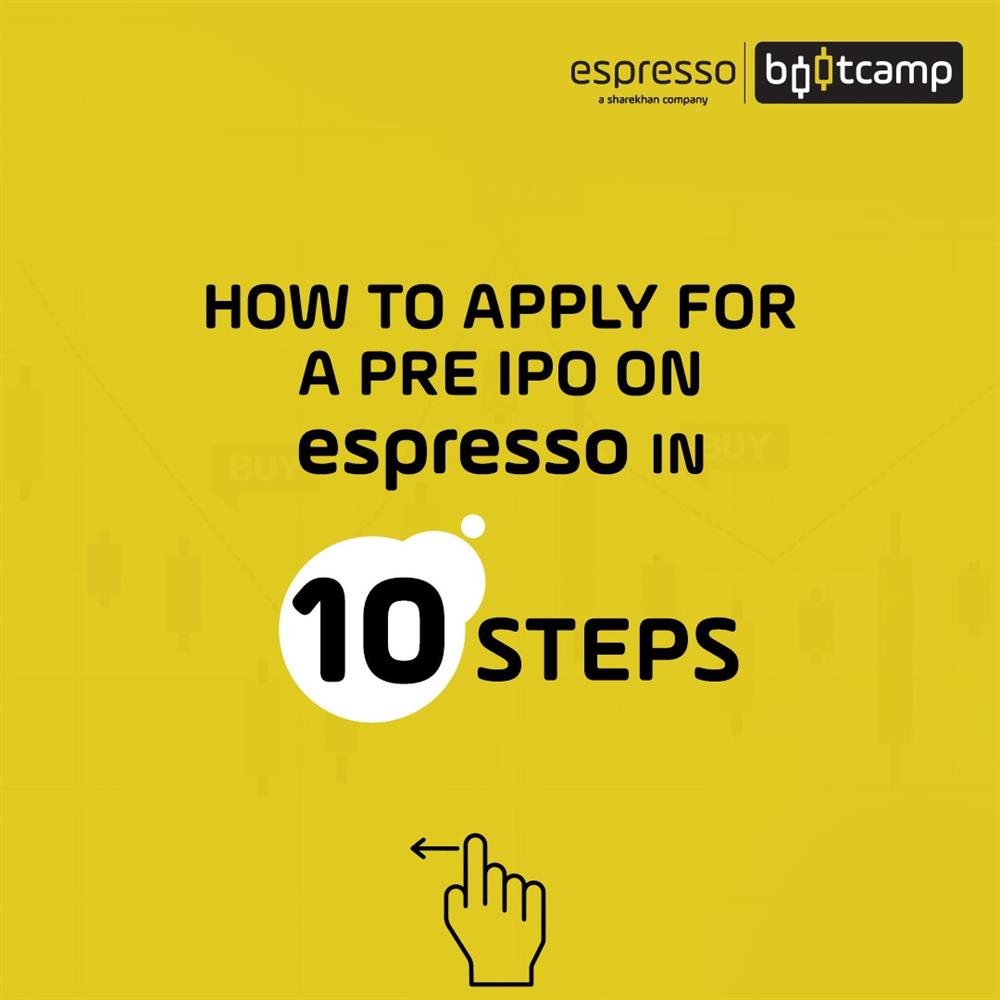
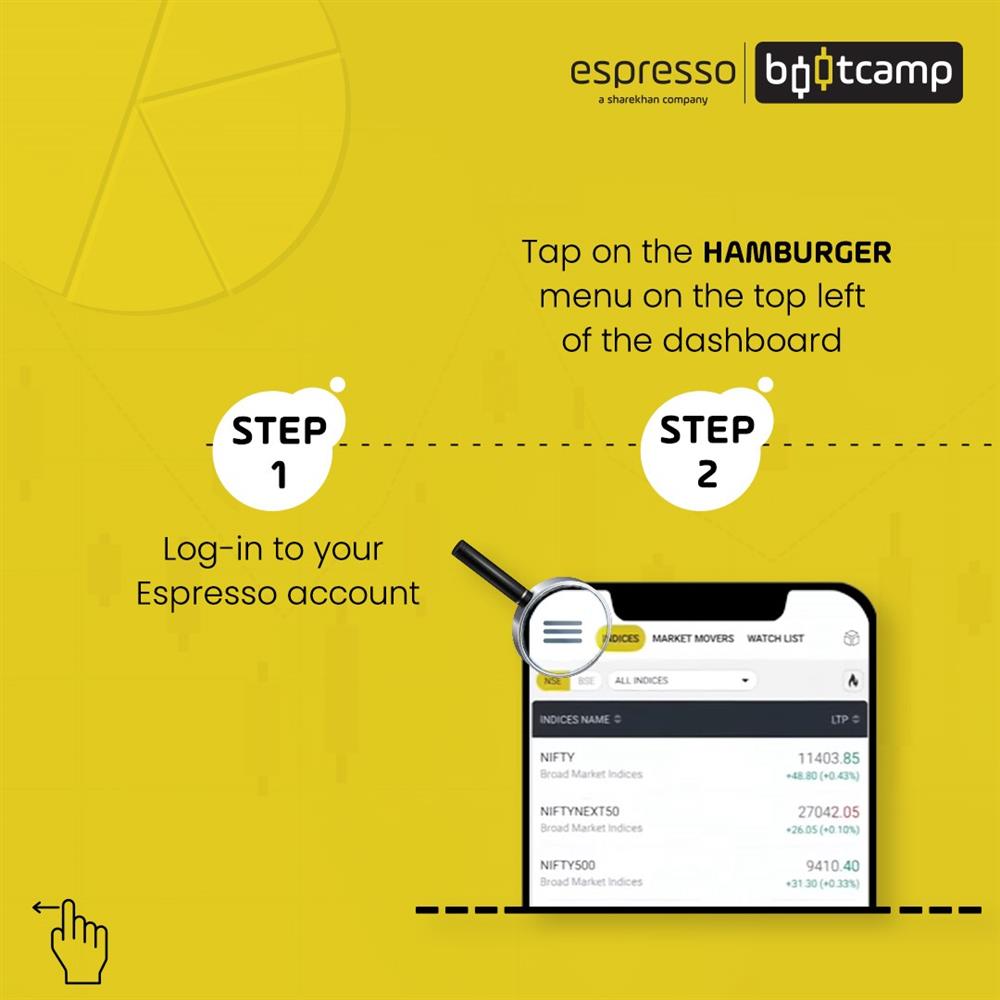
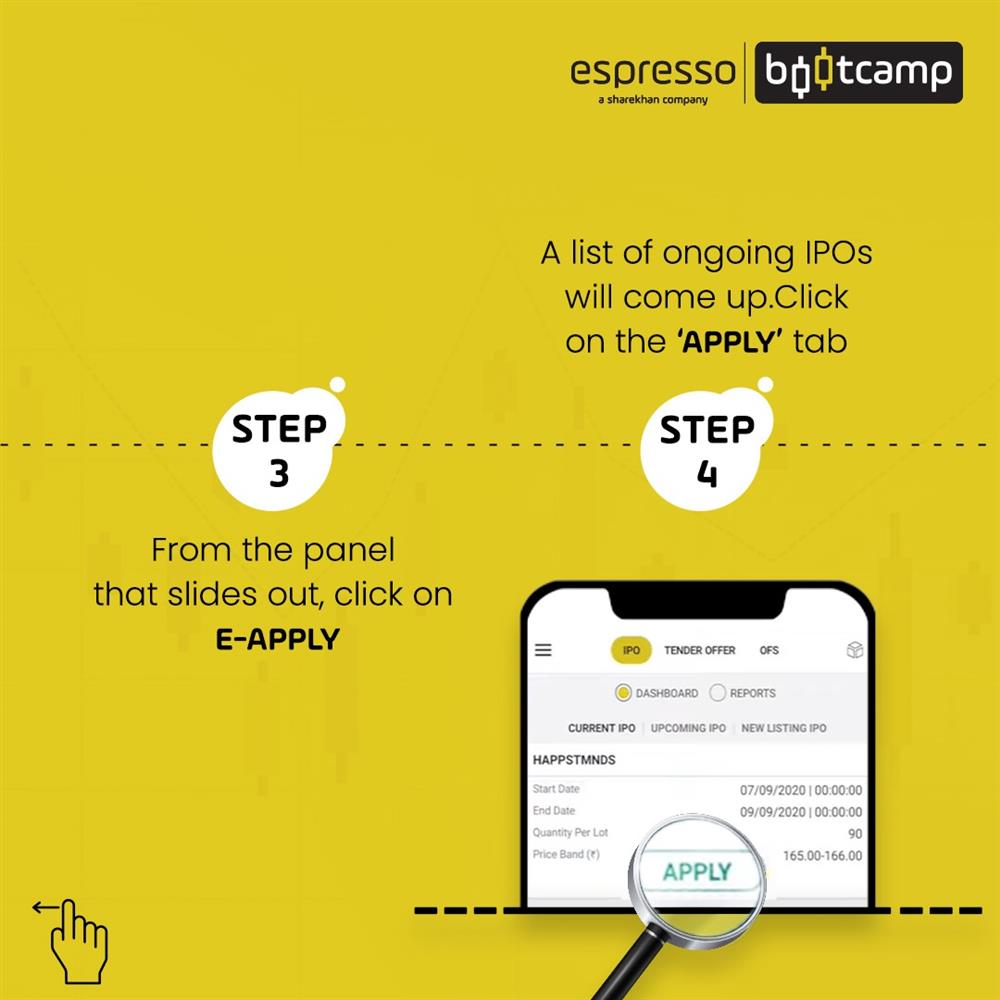
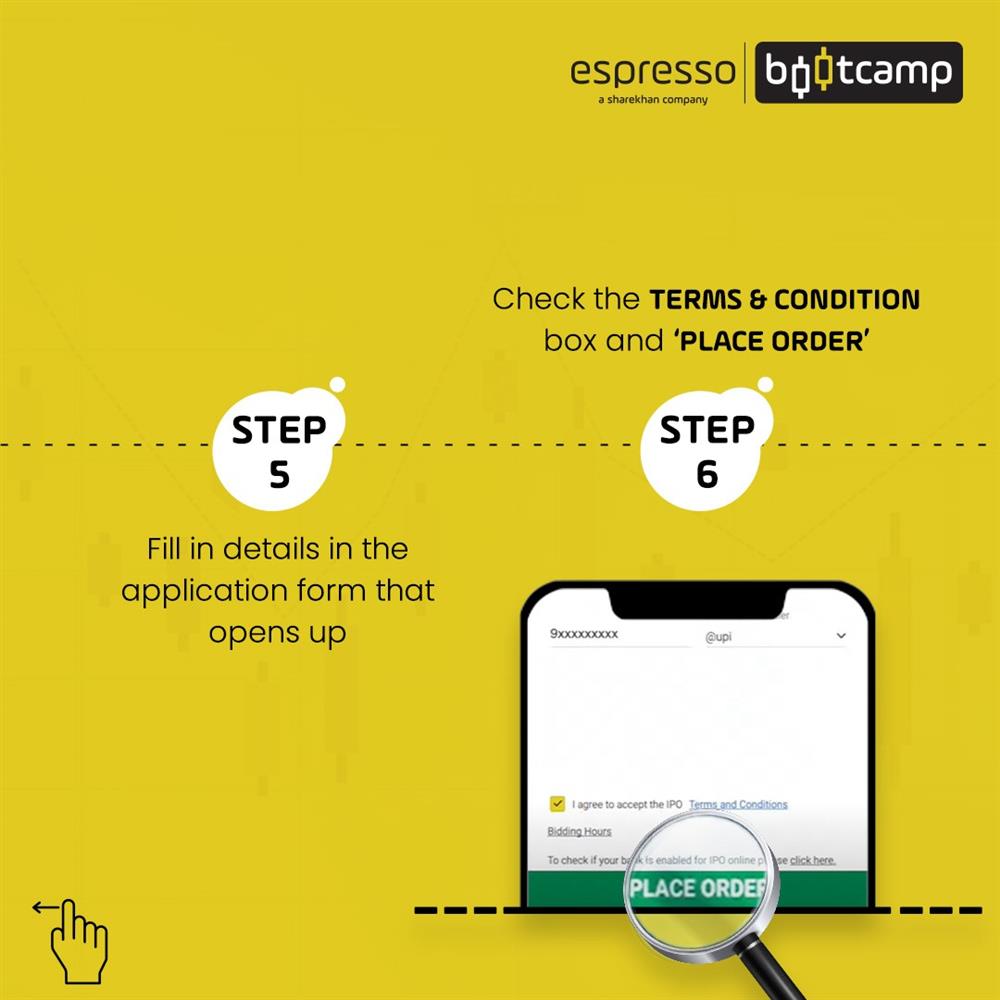
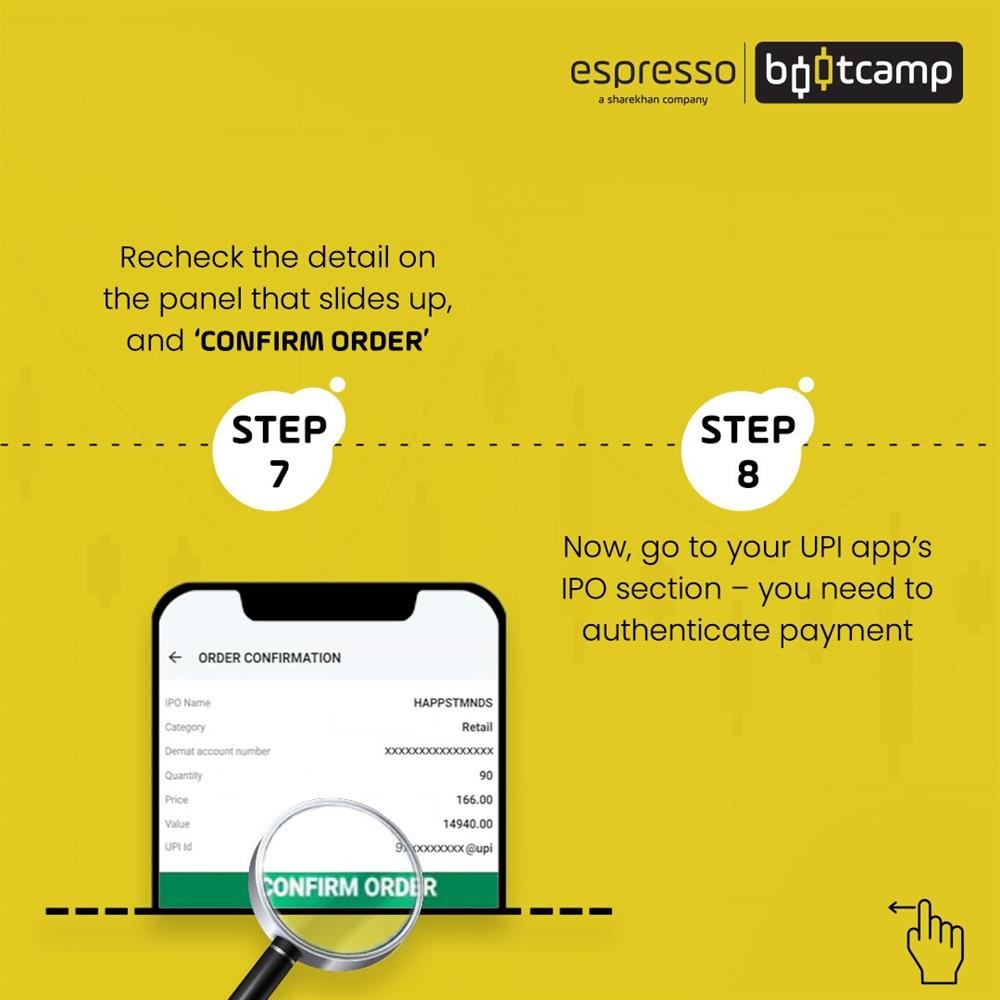

There are multiple IPO process steps to be followed by every company. Let's look at the IPO process in India:
Step 1: Appointing merchant banker
The first step in an IPO process involves appointing a merchant banker. A SEBI-registered merchant banker is appointed by the issuer to prepare the offer documents. The merchant banker does due diligence, ensures legal compliance, and is also involved in marketing the issue so that it has the maximum reach.
Step 2: Preparing offer document
Since the offer document is the statement with which the company goes to the public to raise money, the issuer must disclose details about the company, its promoters, the purpose of raising money, financial history and the terms of the issue very clearly during the IPO process.
Step 3: Filing draft offer document
As part of the IPO process, a Draft Red Herring Prospectus (DRHP) is then filed with SEBI for review, which is made available for the public on its website.
Step 4: Announcing to the public
The company then makes a public announcement about filing documents in English, Hindi and regional newspapers. The IPO process in India allows any reader to come forward with any complaints to SEBI or merchant bankers if they spot wrong, incomplete, or false information or believe the company is hiding some facts.
Step 5: SEBI review
If satisfied with the regulatory disclosures during the IPO process, SEBI reviews the DRHP and may issue observations to ensure that proper disclosures are made to facilitate the investor to take informed decisions. SEBI doesn’t approve the DRHP, nor does it vet it. The document is then forwarded to the merchant banker. This is among the most crucial steps in the IPO registration process and the IPO allotment process.
Step 6: Filing of final documents
The merchant banker incorporates the necessary changes as suggested by SEBI and files a final document known as the Red Herring prospectus (RHP), again with SEBI, the stock exchanges and the Registrar of Companies (ROC). The RHP is made available on the websites of the merchant banker and the registrar. It contains the IPO dates, price and financial details of the company for the public to make an informed decision.
Step 7: IPO opening
The company announces the opening of the initial public offering through advertisements in newspapers. Various details, such as the opening and closing dates of the issue, the IPO price band, the amount to be raised, the bidding process, etc., are made available. The IPO is kept open for at least three working days but not more than 10 working days.
Step 8: IPO bidding process / IPO investment process
The price of an issue is typically decided through a book-building process these days rather than through a fixed-price method. This involves the minimum and maximum price range within which the company is ready to sell its shares. The cut-off price is decided by the book-building process and is the final price of the issue.
You can participate in the IPO investment process by bidding for the shares at a price within the price band decided by the company. Investors who have bid below the cut-off price will not remain a part of the IPO allotment process i.e. they will not get any IPO allotment. Only investors who have bid above the cut-off price will get IPO allotment proportionately. There is an option to apply at the cut-off price for investors who do not want to participate in the bid.
Step 9: Processing of application
The processing of the application begins after the close of the issue. The applications, allotments and refunds are handled by the registrar to the issue on behalf of the company.
Step 10: IPO allotment process
After the issue closes, the IPO allotment process begins. The basis of IPO allotment is finalised by the merchant bankers and the registrar. This is duly approved by the exchange. After which, the IPO allotment basis is advertised in the newspapers and also on the website of the registrar. The IPO allotment process takes another five working days after the IPO closure.
Step 11: IPO Allotment
The allotment of shares finally happens five working days after the finalisation of the basis of an IPO allotment. Unsuccessful bidders are issued refunds, and blocked amounts are unblocked. Equity shares are allotted in dematerialised form.
Step 12: Listing of shares
The company’s shares get listed after the exchange agreement with the stock exchanges is executed six days after the successful bidding process.
Points to remember:
- Companies opt for an IPO to gain access to a larger pool of funds.
- The IPO process offers a company’s shares for sale in the primary market.
- After the IPO process is over, the shares are listed on the stock exchanges.
 0
|
0
|
 0
0
 Modules
Modules

 Watch
Watch 
